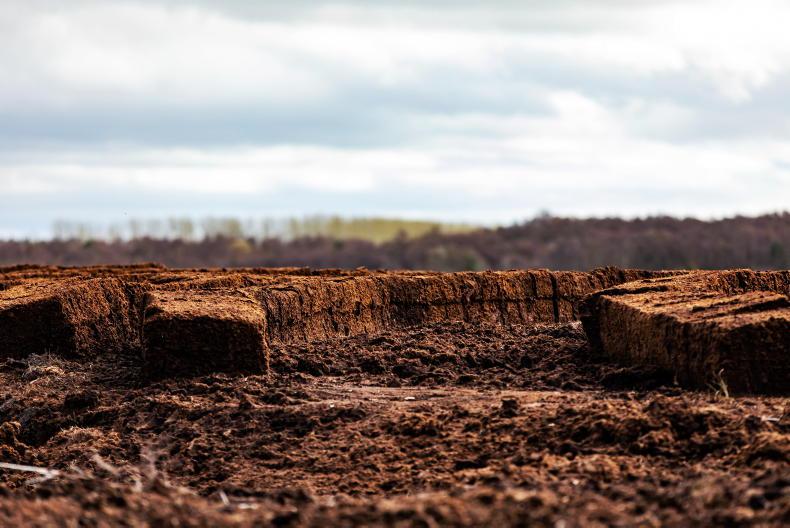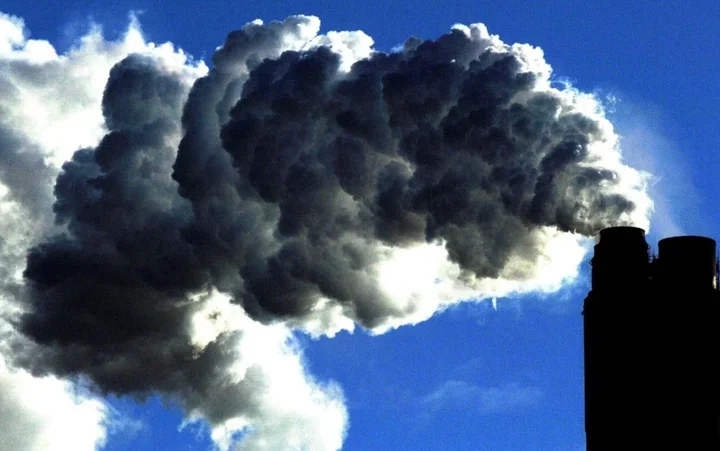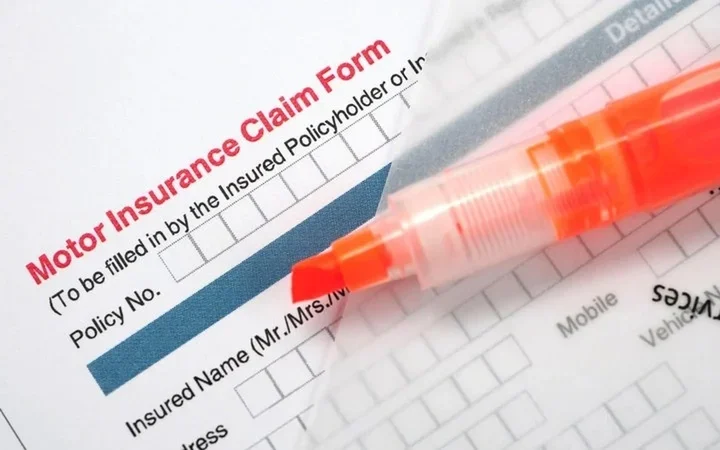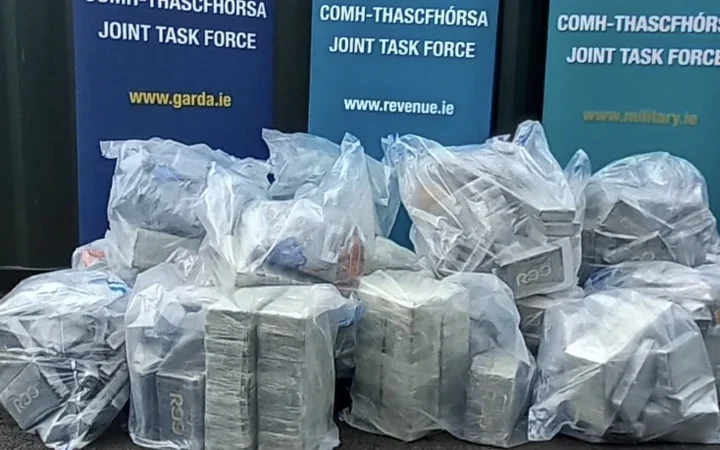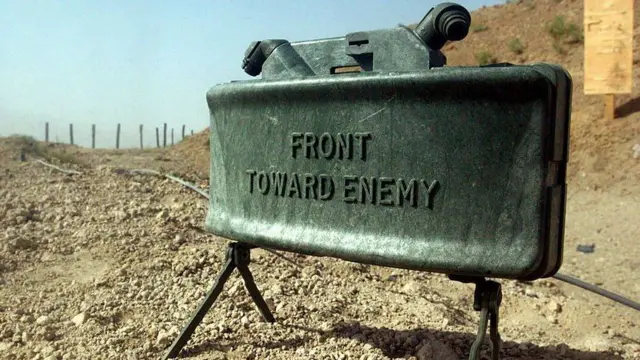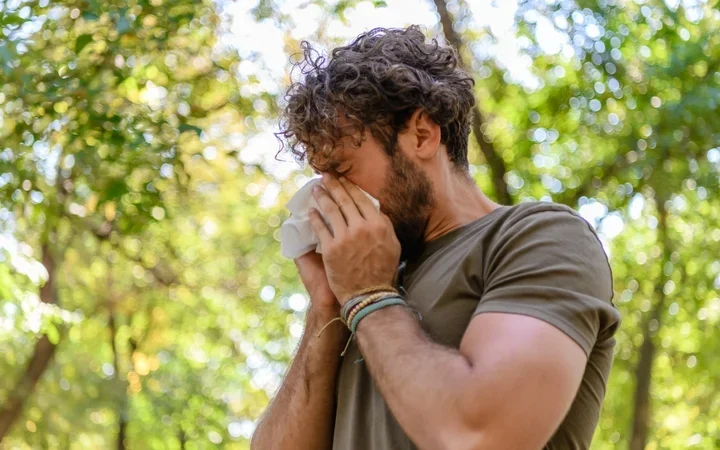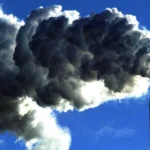The large-scale, illegal commercial extraction of peat is widespread in Ireland and the sector does not operate within planning or environmental laws.
That is the main conclusion in the Environmental Protection Agency’s first ever report about large-scale peat extraction in Ireland.
It has investigated 38 sites across seven counties where large-scale commercial peat extraction is taking place without any of the necessary authorisations from the local authorities
The counties are Offaly, Kildare, Laois, Westmeath, Roscommon, Longford and Sligo.
About 300,000 tonnes of peat is being extracted from these sites annually, nearly all of which is being exported.
It is worth about €40 million per year.
All these sites are being operated and harvested illegally.
The EPA said they are causing catastrophic damage to local environments; decimating vital ecosystems for biodiversity, culture, and research; and destroying the country’s natural carbon sinks – precious boglands that absorb greenhouse gases and are important in the fight against climate change.
The EPA has already prosecuted a number of large-scale peat extraction businesses through the courts and closed them down.
However, many illegal peat extraction operators have been adapting to evade EPA enforcement by reducing their footprint size to below 50 hectares.
This takes them out of the direct enforcement remit of the EPA, although they remain within the enforcement remit of local authorities.

The report says local authorities have been conspicuous in their lack of enforcement of environmental law and their performance in this area is “patently inadequate”.
The EPA said one large-scale peat extraction operation on a narrow country road known as the Pass of Kilbride in Co Westmeath, is typical of what is going on.
The road at this location literally bisects the Bog of Milltownpass.
On one side is an untouched bogland with all the flora and fauna of a wild place, and signs declaring its status as a designated and protected Natural Heritage Area.
The other side of this narrow public road is lined with a couple of 100m long, 3m high heaps of milled peat – soft stuff that might be spread on flower beds to help plants grow, for instance.
Behind those heaps of milled peat stretches a vast brown industrial-scale scarred landscape, complete with active peat harvesting machinery.

It is the polar opposite of the intact protected natural bogland across the road.
The bare brown landscape on this side is 3m below the untouched bog on the far side.
It is obvious from this that large-scale extraction of peat has been going on here for years, probably decades.

EPA Director of the Office of Environmental Enforcement Dr Tom Ryan said: “They would have originally taken away all of the natural environment, the surface environment, the heather and sphagnum moss, and those habitats.
“They would have lowered the water table, drained the water, and then started to mill the surface of the peat. They mill several centimeters deep each season, harrowing the peat to allow it to dry. Then gather it up to bring it away for processing.”
He said the peat here is not being harvested as turf for fuel or for domestic use. It is being milled for the export market where it will be used for horticulture, mushroom growing, and animal bedding.
The EPA has given local authorities all its enforcement information, and intelligence about the location, size, and nature of the 38 illegal peat extraction operations, including aerial photography.
It is calling on those local authorities to step up to their statutory responsibilities as regulators, to develop county-wide enforcement plans and site-specific enforcement plans, and to then implement those plans and hold operators to account.

Dr Ryan said that local authorities need to prioritise their resources and use the “ample statutory enforcement tools that are available to them” to bring these operations to a halt.
“If operators want to continue with this kind of practice, then they have to engage with the local authorities to get the appropriate authorisations, and that would mean they need planning permission if they’re above 30 hectares.
“When they’re above 50 hectares, they need planning permission and a license from the Environmental Protection Agency. Sites below 30 hectares require a screening process where the question is asked, is there an environmental impact going on here and are the appropriate assessments required related to habitats potentially impacted. If the answer to that is yes, then they too also need planning permission from the local authority,” Dr Ryan said.
Local authorities have the primary responsibility for regulating all commercial peat extraction, specifically regarding compliance with environmental legislation including the performance of Environmental Impact Assessments, Appropriate Assessments associated with protected habitats, and the granting or otherwise of the necessary planning permissions for those activities.
The EPA is directing local authorities to take appropriate enforcement actions against such operations within their jurisdiction.
The EPA said it will continue to use its powers to ensure that local authorities fully implement and enforce the environmental requirements pertaining to large-scale commercial peat extraction.
